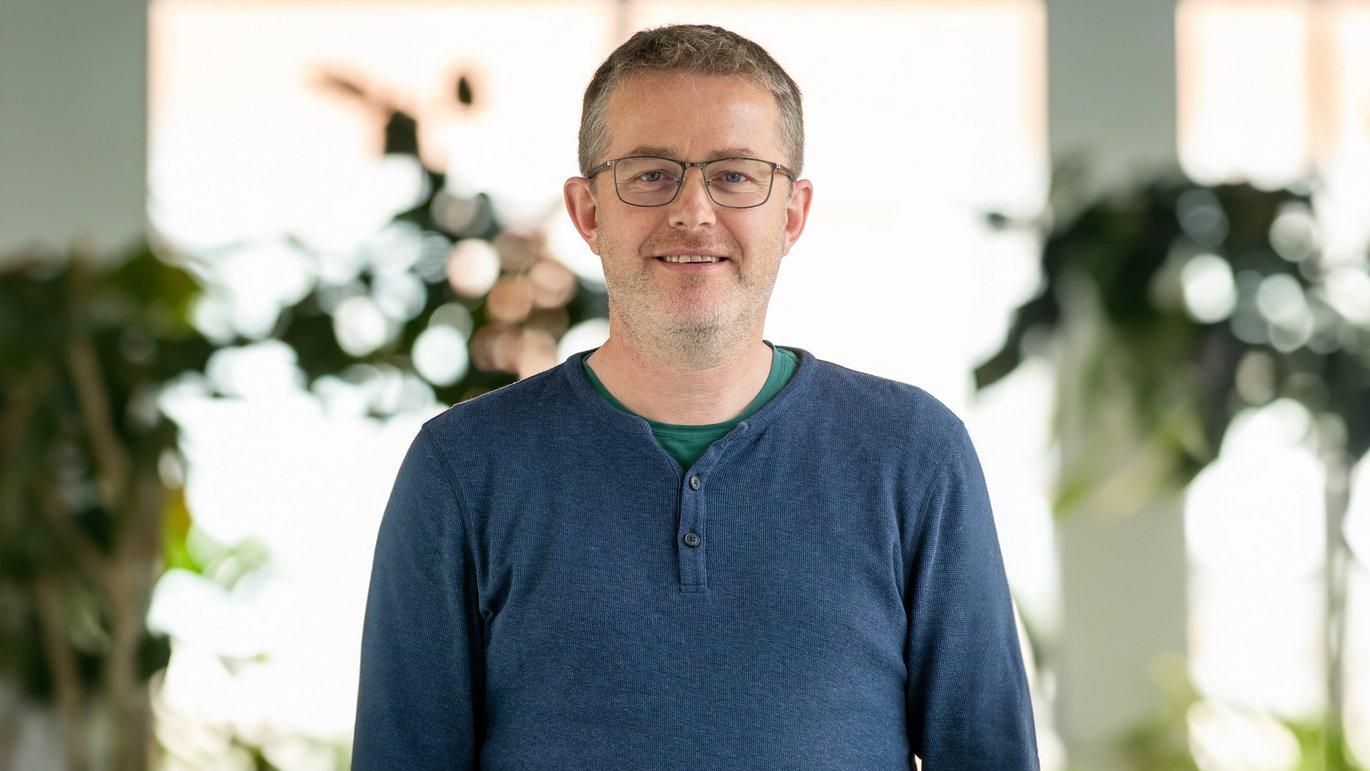From basement to classroom: senior researcher gives used research equipment a new lease on life
At the Department of Forensic Medicine, used research equipment does not just sit in the basement collecting dust. Since 2021, Jørgen Bo Hasselstrøm has been working to ensure that equipment is replaced with both the environment and finances in mind.

Every machine and each instrument at the Department of Forensic Medicine has a history. Some helped solve complex criminal mysteries, while others contributed to groundbreaking research.
When the equipment's time is up, Jørgen Bo Hasselstrøm makes sure that it is given a new lease on life by being put to good use elsewhere. He is a forensic chemist and senior researcher, and he has taken on the responsibility of ensuring that instruments and machines don't just collect dust once they reach the end of their usefulness to the department.
The goal is not just to take the department finances into account, but also to increase environmental awareness.
"We continuously replace all our laboratory equipment to ensure that we’re up-to-date and meet the authorities' expectations for a forensic medicine department. But much of the equipment is well-maintained and can easily find a home elsewhere, even if it can no longer be used here," he says.
A new life in classrooms and at companies
As a result of Jørgen Bo Hasselstrøm’s efforts, equipment that still works is sold to companies specialised in the resale of this type of hardware.
"The last time we updated some equipment, we sold three LC/MS instruments that can be used to analyse complex samples. The equipment we choose to dispose of is still fully functional and has been well-maintained. It’d be silly if somebody else didn’t use it," he says.
The initiative has also benefitted the education sector because used research equipment that cannot be resold is donated to laboratory technician schools.
"The equipment can help train researchers of the future, and very little of our equipment ends up in the basement or landfill. If a piece of equipment is so outdated that it cannot be sold or passed on, then we do everything we can to harvest spare parts that can be used to maintain other equipment," says Jørgen Bo Hasselstrøm.
Why aren’t we talking more about this initiative?
The initiative at the Department of Forensic Medicine dovetails well with Health’s increased focus on reducing carbon emissions in the wake of global challenges such as the Covid-19 pandemic and the energy crisis caused by the war in Ukraine.
The 'Kilowhat can you do' campaign has inspired employees at the Faculty of Health through a host of concrete initiatives and ideas on how to incorporate sustainability into their everyday lives.
However, Jørgen Bo Hasselstrøm’s initiative is his alone and he is not collaborating with any of his colleagues at other departments who have the same area of responsibility. .
"I think a cross-disciplinary forum where we can exchange equipment internally at the faculty and share experiences about it could be beneficial. However, forensic medicine is a different area compared with other research groups at the faculty, as we’re an operational unit that replaces equipment more frequently and much earlier than others,” he says and continues:
"But we’ve all been asked to develop new ideas when it comes to reducing carbon emissions and improving the finances of our laboratories. It’s a difficult balancing act, but also an opportunity to think creatively. So you might wonder why we don't talk to each other about initiatives like this. My experience is that, at the moment, it's up to the individual to reinvent the wheel."
Lack of a concrete framework
At Health, it is up to the responsible person at each department to assess when research equipment no longer meets necessary standards or becomes too expensive to maintain.
Conor Leerhøy is head of building services at Health, and he can definitely see the value of expanding this type of initiative and discussing the benefits of it across departments.
"Sustainability and reducing carbon emissions is central to everything we do at Health. So far, there are no rules for replacing research equipment under the 'Kilowhat can you do'-campaign, but it’s clear that reuse and the responsible handling of research equipment plays a role in our overall carbon footprint," he says and continues:
"The idea of a forum or network at Health where this kind of thing can be discussed is very exciting and something we’re acting on. A food chain for used research equipment could be an obvious topic to address."
Contact
Head of Building Services Conor Leerhøy
Aarhus University, HE Administrative Centre
Telephone: +45 28 99 22 41
Email: conor@au.dk